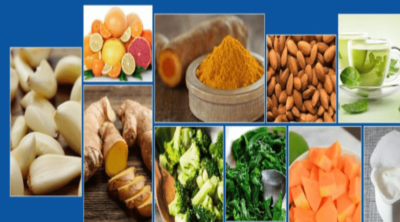
The discarded liquid, which is obtained from the cheesemaking process, actually serves as a supplemented nutrition, known to us as whey protein. It was widely sold and consumed, until there arose serious doubts in the minds of the people who are on a gluten-free diet. NutriNeat finds out more about whey protein in this article.
| A word of Caution! Lactose and dairy intolerant people should avoid Whey protein. |
This short terminology, whey is actually a storehouse of various proteins that make up a complex protein structure. The source of this is milk, and as milk is loaded with so many nutrients, whey protein in itself is rich in all of them. Therefore, it is an ideal choice of food for keeping the diseases at bay, for having a great physique. Hence, people who want to practice athletics, sports, or bodybuilding consume it vehemently. In fact, it is also fed to the little ones who are in maximum need of a wholesome meal, thus forming the ingredient of most baby foods. The building blocks in whey protein are amino acids.
Whey protein is a subject of incessant study, as there are strong beliefs about its disease-preventing and causing capabilities. There are also beliefs about its ability to increase muscle mass, but reduce body weight. There are various forms in which this protein is available. Usually many health drink manufacturers have whey protein in their products. But, apart from this, they are also available in many other forms. These forms are:
Whey protein concentrate
Whey protein isolate
Whey protein hydrolysate
But the situation became dicey when there were concerns regarding the presence of gluten in whey protein in all its forms. Let’s find out more.
The whey protein which is procured from the milk, using natural processes, is certainly free of gluten. It is rich in amino acids which are necessary for the optimum body function. However, the readymade beverages, drinks, and bars that are available may not be absolutely free of gluten, as the ingredients may have wheat in them.
What to care for?
Take necessary caution to ensure that the whey protein you are ingesting is purely whey, without any additives. The liquid obtained after the curdling of milk is rich in whey protein, and devoid of gluten. But, when you take any supplement food which is processed, is laden with gluten. In fact, whey protein contains gluten, when it is manufactured in a place where, there are other manufacturing processes going on – of products like wheat, malts, starch or rye.
A person who consumes milk, and is gluten intolerant, will not be able to digest milk as well, due to the body’s inability to digest lactose. Thus, whey present in milk will not be digested either. Therefore, people with gluten intolerance may not be benefited by the direct consumption of milk.
After the curdling process, and after the cheese is obtained, the liquid is discarded. But in order to obtain natural whey protein, you need to pasteurize the milk, dehydrate it, and dry it, to obtain whey powder. The whey powder thus obtained is absolutely gluten free. But if there are additives like artificial flavors or colors, then the ingredients label needs to be scrutinized thoroughly.
This is the most widely accepted and used form of whey protein. They have good amounts of fat and cholesterol, and carbohydrates. But on the whole, they are also gluten free, if obtained naturally. This may contain around 80% proteins.
When this concentrate is further processed, to minimize the fat, cholesterol and lactose content, it is called whey protein isolates. This also enriches the protein content of the product, thus much superior to the concentrate version. The protein ratio is about 90%. Whey protein hydrolysates are hydrolyzed whey proteins that are considered the most superior in quality, and also has less allergens. However, when these substances are processed with glutamine peptides, they contain gluten.
It is important to see the source of the whey proteins from where they are obtained. The naturally obtained whey protein is absolutely free of gluten and also wheat.

